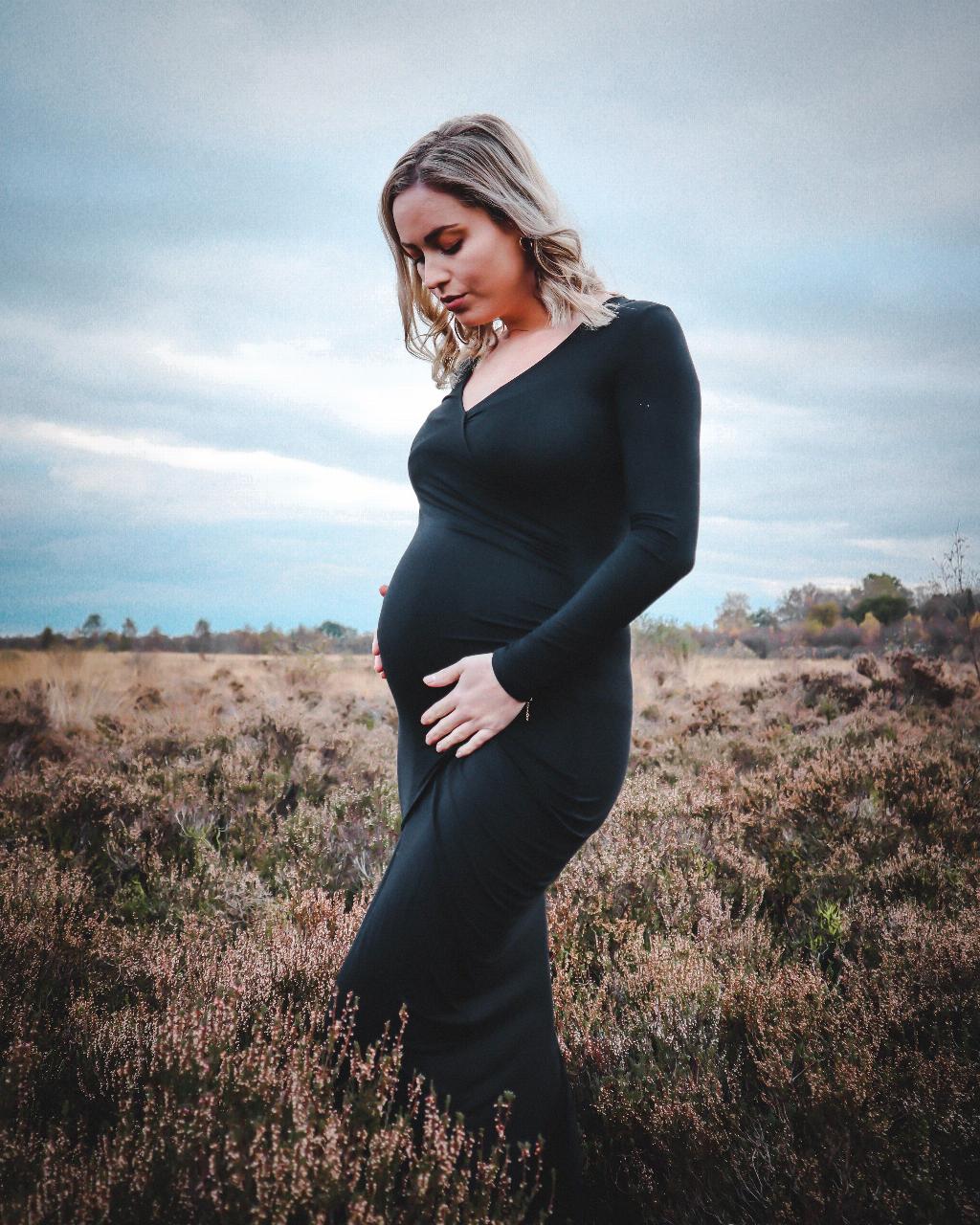Experiencing a headache during pregnancy, especially at 14 weeks, can be quite common due to hormonal changes and increased blood volume. While reaching for a pain relief medication might seem like the quickest solution, it’s essential to approach this situation cautiously to ensure the safety of both you and your developing baby.
Consult Your Healthcare Provider
Before taking any medication, it is crucial to consult your healthcare provider. While acetaminophen, commonly known as Tylenol, is generally considered safe for pregnant women to take for occasional headaches, it’s important to get the green light from your healthcare provider first. They might recommend other medications or alternative treatments based on your individual health needs.
Consider Non-Pharmacological Approaches
There are several non-pharmacological approaches you can try to alleviate headaches during pregnancy. These include ensuring you are well-hydrated, practicing relaxation techniques such as deep breathing or meditation, getting an adequate amount of rest, and maintaining a healthy diet.
Essential Oils and Aromatherapy
Some pregnant individuals find relief from headaches through the use of essential oils and aromatherapy. Peppermint and lavender essential oils are commonly used for their calming and pain-relieving properties. However, it’s essential to use these oils with caution and consult with a healthcare provider before incorporating them into your routine.
Application of Cold or Warm Compress
Another natural remedy to consider is the application of a cold or warm compress to the head or neck area. This can help reduce tension and provide temporary relief from headache symptoms. Remember to use a cloth or towel to protect your skin from direct contact with the compress.
Stay Mindful of Your Triggers
Identifying and avoiding potential headache triggers can play a significant role in managing headaches during pregnancy. Common triggers include lack of sleep, hunger, dehydration, stress, and certain foods. Keeping a headache diary to track your symptoms and potential triggers can help you better manage and prevent headaches.
Stay Active and Practice Gentle Exercises
Engaging in regular physical activity, such as prenatal yoga or walking, can help improve circulation, relieve stress, and reduce the frequency of headaches. However, it’s crucial to consult with your healthcare provider before starting any exercise routine during pregnancy to ensure it’s safe for you and your baby.
Seeking Acupuncture or Acupressure
Some pregnant individuals find relief from headaches through acupuncture or acupressure. These alternative therapies focus on stimulating specific points on the body to alleviate pain and promote overall well-being. If you are considering these options, be sure to seek treatment from a qualified and experienced practitioner.
Practice Good Posture and Ergonomics
Poor posture and ergonomics can contribute to tension headaches. Maintaining good posture, especially while sitting or standing for extended periods, can help reduce strain on your neck and shoulders. Using supportive pillows and adjusting your workstation setup can also help prevent headaches.
Stay Well-Rested and Manage Stress
Getting an adequate amount of rest and managing stress levels are essential components of headache prevention during pregnancy. Practice good sleep hygiene, prioritize relaxation techniques, and consider seeking support from a counselor or therapist if you are experiencing significant stress or anxiety.
Conclusion
While experiencing headaches during pregnancy can be challenging, there are various safe and effective ways to manage and alleviate symptoms. Prioritize open communication with your healthcare provider, explore non-pharmacological remedies, and make lifestyle adjustments to support your overall well-being during this crucial time.

